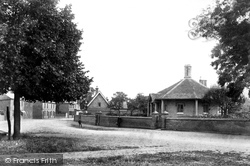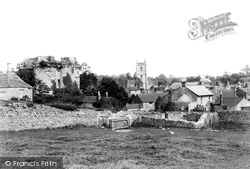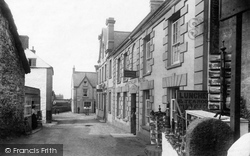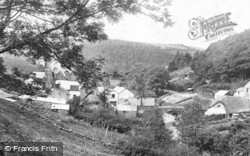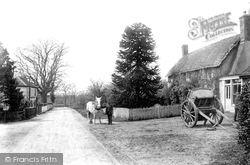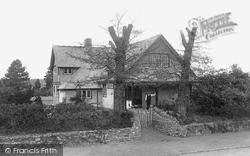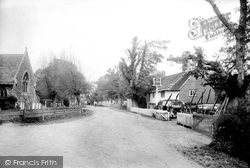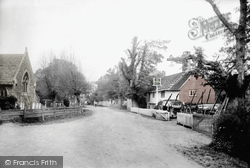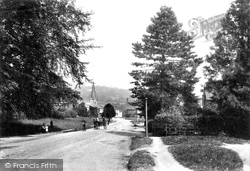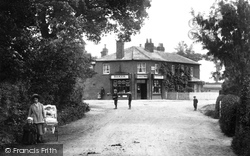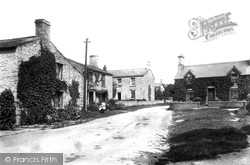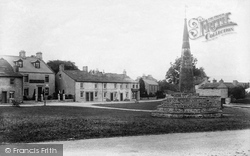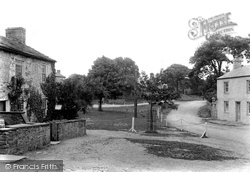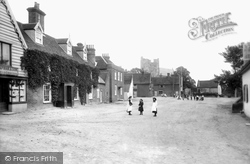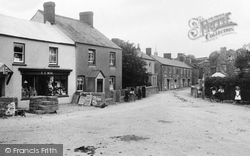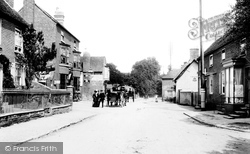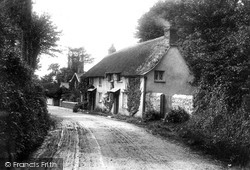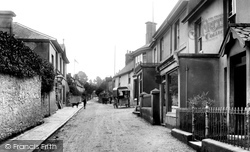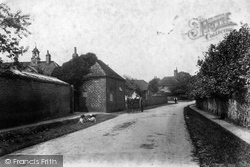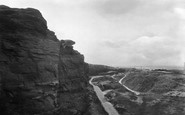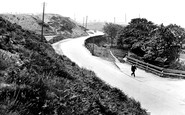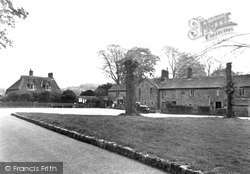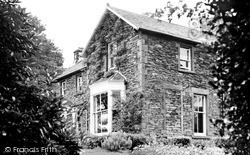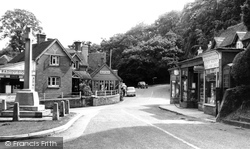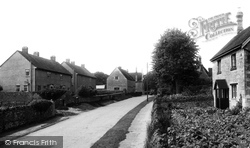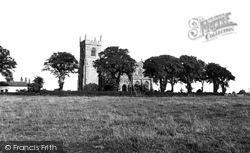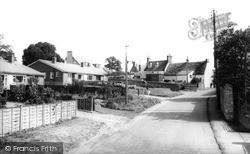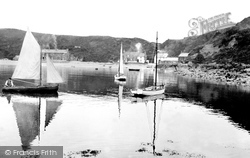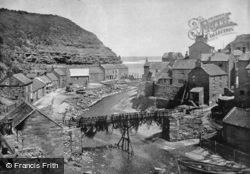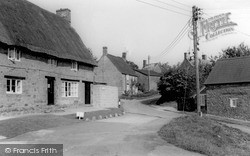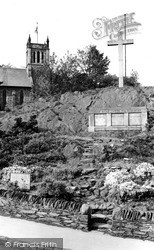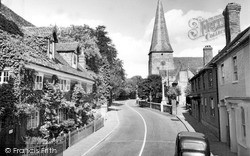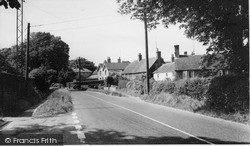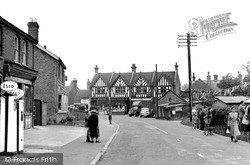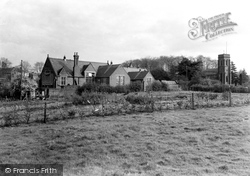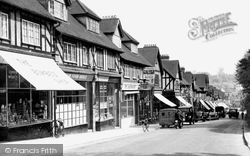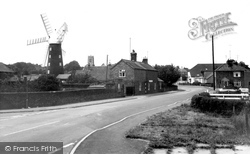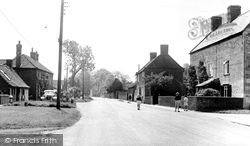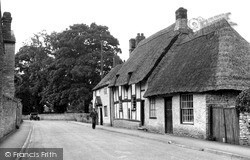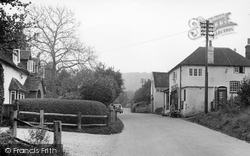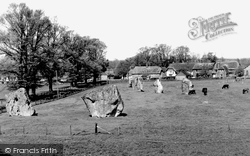Places
5 places found.
Those places high-lighted have photos. All locations may have maps, books and memories.
Photos
9,649 photos found. Showing results 2,461 to 2,480.
Maps
18 maps found.
Books
13 books found. Showing results 2,953 to 13.
Memories
4,612 memories found. Showing results 1,231 to 1,240.
Maesycwmmer And Beyond
Born in 1949, was brought up in Maesycwmmer, lived in Vale View, went to the primary school, and later to Ynysddu Sec. Mod. My parents were Tom and Violet, siblings were Robin [who still lives in the village], Roger ...Read more
A memory of Maesycwmmer by
Oh Happy Days
Yes I remember spending most of our (my brother John and I) summer holidays playing on Runcorn Hills. Both parents worked and so most mornings, weather permitting, we would head off to the hills from our home in Weston Village, ...Read more
A memory of Runcorn in 1953 by
Grandparents
The Blackburn family. Hi, my grandparents lived in Forcett all of their married life and brought up four children there. Milly was the oldest, she was my gran's daughter from her first marriage, the surname was Swann. Then she met and ...Read more
A memory of Forcett in 1960 by
The Rose And Crown
Ivy Myers. I wonder how many people from Chalfont remember the "Rose and Crown", a Benskins pub. My father owned it from 1946 until 1950. There was also the “Kings Head” which was on the corner of Joiners Lane. Of ...Read more
A memory of Chalfont St Peter in 1949 by
Weston Road Memories
I also remember Weston Road, that is the road leading from Weston Village down into Runcorn, via the Isolation Hospital and then down into Greenway Road. My father Owen Roberts worked all his life at the ICI Castner Kelner ...Read more
A memory of Runcorn in 1952 by
All The Fun Of The Fair
Who remembers the travelling fun fair that came to Blackfield in the 1960s? Did you go to Blackfield Junior school? What about skating on the frozen Gravel pits at Holbury in the winter 1962/3/4 or the Esso Cinema? or the ...Read more
A memory of Holbury in 1960 by
Woodhurst
My mum worked at Woodhurst as a nurse in the late 1960s, early 1970s. We used to go and meet her from work and go to the pub in the village, The Grapes?, and sit in the garden on the swings with a bottle of Cresta pop.
A memory of Pease Pottage in 1969 by
The Railway
I was born in 1941 in Cefn Coed House, Pentwyn, Upper Cwmtwrch. The house I was brought up in was one of five my grandfather, Richard Lougher, had built for his chiidren. At that time there was a road, a railway, and the River ...Read more
A memory of Upper Killay in 1940 by
Good Times
I came across this site today and was taken back to my childhood. I was born in Netherfield at 21, Hodgkinson Street in September 1957, the daughter of Brian and Barbera Pritchett, and 2 years later had a brother ...Read more
A memory of Netherfield by
The Bellas Sisters
Before emigrating to Australia in 1927, my uncle Michael Samuelson (1898-1975) lived for about a year in Rosgill and made a living taking farmers' eggs to market. On leaving England, he was given a photo of the Bellas sisters ...Read more
A memory of Rosgill in 1920 by
Captions
5,016 captions found. Showing results 2,953 to 2,976.
It is often said that this place is the largest village in England. The coming of the railway in the 19th century turned it into one of the more genteel suburbs of the city.
The trees on the green in the estate village of Bolton Abbey at the entrance to Wharfedale had just been subjected to a severe pollarding when the Frith photographer called to take this photograph.
Post-war expansion of Cambridge pushed the suburbs into outlying villages. We can see early signs of the requirement to control traffic flow with the now ubiquitous Keep Left bollards.
Guest houses such as this one were once a common feature of villages; many no longer serve the same purpose.
During the 20th century Burley grew considerably in size, with a number of villa-style residences tucked away among the trees and heathlands. It has never lost its village atmosphere.
On the left are RDC houses perhaps built in the 1950s. Further down, a large barn and an old house beyond.
St Nicholas' Church and the village are now bypassed from the busy A52 that thunders along towards Mablethorpe. Locally the church is known as 'the Queen of the Marsh'.
Further up Church Road, we are looking at the backs of 18th-century houses on Church End, the lane which leads to the medieval parish church of St Laud, out of shot to the left.
Morfa Nefyn is a holiday village on the Lleyn peninsula; it is situated near Porth Dinllaen on Caernarfon Bay. With barely enough wind to keep under way, small craft lie just offshore.
The village is said to have begun as a result of a shipwreck, when the survivors from a French ship scrambled ashore and decided to stay.
Leading north off Warwick Road, Frog Lane is one of most attractive lanes in the village, albeit now interspersed with modern houses of the 1960s onwards.
Seen here from the Swithland Road, the church, which is faced in slate from the local quarries, was designed in 1836 by William Railton (1801- 77), a Gothic Revivalist and architect to the Ecclesiastical
The church of St John the Baptist is mainly 13th-century and has a wood-shingled broach spire. The village has many historic houses.
Seen here from the Swithland Road, the church, which is faced in slate from the local quarries, was designed in 1836 by William Railton (1801- 77), a Gothic Revivalist and architect to the Ecclesiastical
This unspoiled row of 16th- and 17th-century half-timbered houses facing onto the church was built and owned mainly by small farmers and tradesmen, who formed the backbone of the rural affluent society
The road widens to form Posey Green, with the 1930s Horseshoe Inn on the right out of camera shot; it is a rambling mix of local sandstone and timber-framing with a huge horseshoe-
This view looks from Godstone Road to the Plaistow Street-Newchapel Road junction.
William Hancocks of Blakeshall Hall and his wife laid the foundation stone of Cookley church on 20 February 1849.
Up the hill towards one of Chalfont St Peter's commons, Gold Hill, Tudor-style shops and flats were built on the north side of the road in 1922, called Market Place and decked out with fake
Here we see yet another of the beautiful Lincolnshire windmills; this one was built in 1813. Again it is in the Lincolnshire style, with an ogee cap and five sails.
The three young girls could be sauntering home from school with not a care in the world.
These immaculately thatched cottages still exist, although they are rather run-down nowadays. Today the three villages of South, Middle and North Littleton all virtually run into each other.
Graffham is a wooded hillside village under the Downs. Pescod's Stores has a Hovis sign on a painted wall.
The Avebury stone circle in Wiltshire is unique: modern village life and ancient stones live side by side in a common and mutual existence, where the past is indelibly a living part of the present.
Places (5)
Photos (9649)
Memories (4612)
Books (13)
Maps (18)


